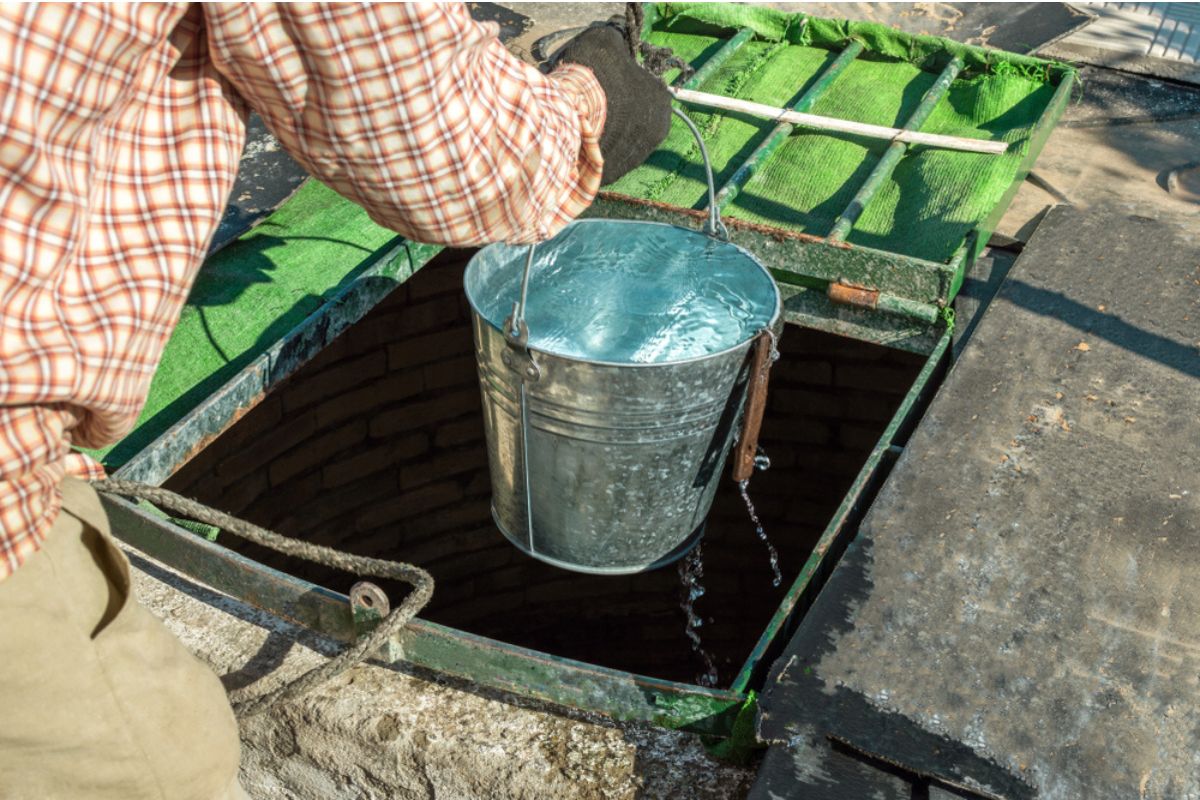In the 21st century, it is madness to think that millions of people around the world still do not have access to a safe, clean, and reliable water source. There may be global initiatives and organizations that push this issue through in humanitarian events. But the trickle-down effect to grassroots areas where real problems exist takes much longer.
Unfortunately, all too many people and communities slip through the cracks and continue to exist with substandard water sources, and the problems they bring in terms of disease and malnutrition.
It is often down to the hard work and tenacity of grassroots organizations to tackle the inherent problems and move towards creating a solution. Which not only deals with the immediate problem of fixing the water supply but which also infuses these communities with an overall sense of self agency and empowerment.
The Power of Grassroots Initiatives
It is always energetic, passionate individuals who drive forward these grassroots initiatives. Sometimes they are visiting experts who can immediately recognize a simple solution that has been lost in the administrative bureaucracy and political ego tripping of larger bodies.
More often than not, they are involved locals and understand the unique challenges of their communities, and have long since nurtured a desire to implement improvements. Across many communities in developing countries. The work of a clean water charity can make significant difference to the local community.
Through community education programs on hygiene practices and water conservation, health outcomes can be much improved, and residents can be empowered to take ownership of their own well-being.
The Impact on Local Communities


The ramifications of assuring a clean supply of water within an under-developed, remote and isolated community are far reaching. This fundamental part of a community’s infrastructure paves the way for improved health, education and economic opportunities.
For example, in may villages younger children are tasked with the daily (sometimes twice daily) job of fetching clean water from far away springs. By establishing a source within the community. These children have the time and freedom to attend their classes and improve their prospects through education.
With their children safely in the classroom, this then frees up the women to dedicate themselves to rebuilding local economies by starting their own local businesses. Whether through agricultural projects, or producing much needed products, clean water can be an unexpected catalyst for economic empowerment.
International Ramifications
It is fair to say that without these grassroots initiatives rolling out projects on a local level. The impact on an international scale would be no where nearly as significant as it actually is. Most importantly, by improving health outcomes and promoting sustainable development. These initiatives contribute to the achievement of the United Nations Sustainable Development Goals (SDGs), particularly Goal 6: Clean Water and Sanitation.
Implementing scalable solutions to water insecurity
It is often these smaller, local community projects that lay the blueprint for schemes that are taken and scaled up on a national, or often international level. Tackling water insecurity requires the input from experts, engineers and other professionals. But nothing is more valuable than the grassroots experience of a local, homegrown individual who has a passion for helping their own community.
Exploring real life examples
Case Studies
To further illustrate the impact of grassroots clean water initiatives, let us examine a few case studies from different regions of the world.
Case Study 1: WaterAid’s Community-Led Total Sanitation Approach in India
WaterAid, an international nonprofit organization, has been implementing community-led total sanitation (CLTS) programs in rural villages across India. Through participatory methods and community mobilization, WaterAid oversaw the building of toilets in communities where open defecation had a serious impact on sanitation conditions.
They ran educational campaigns promoting the clean and hygienic use of these toilets. By empowering local communities to take ownership of sanitation issues, WaterAid’s CLTS approach has led to significant improvements in health outcomes and has contributed to the sustainable development of villages.
Case Study 2: The Water Project’s Rainwater Harvesting Initiatives in Kenya
In arid and semi-arid regions of Kenya, access to clean water is a major challenge for many communities. The Water Project. A nonprofit organization dedicated to providing clean and safe water, has been implementing rainwater harvesting projects in schools and villages.
By installing rainwater collection systems and providing training on water management and conservation. The Water Project has helped communities become more resilient to droughts and water shortages. Children no longer have to miss school to fetch water, and families have seen improvements in health and economic stability as a result of reliable access to clean water.
Case Study 3: The Riverkeepers’ Advocacy for Clean Water in the United States
In the United States, clean water advocacy groups like the Riverkeepers play a critical role in protecting and restoring waterways. Riverkeepers are local volunteers who monitor water quality, advocate for stronger environmental regulations, and engage communities in stewardship activities.
Through grassroots organizing and public education campaigns, Riverkeepers raise awareness about water pollution issues and mobilize support for conservation efforts. Their work has led to the cleanup of polluted rivers and the enforcement of laws to prevent further contamination, ensuring that communities have access to clean and safe water for recreation and drinking.
How the local can influence the global
It is all too easy to get seduced by the global approaches to solving our clean water problems, and end up losing sight of the amazing work that is done on the ground by passionate individuals who see, recognize and experience the problems of local communities on a daily basis.
These individuals need recognition and support. These individuals need investment and innovation. These individuals need to be listened to, respected and consulted. The long term prospects of clean water solutions being instigated by local. Grassroots organizations have far greater positive ramifications on the self-empowerment of these communities than the swooping support of come again, go again, international agencies.
















